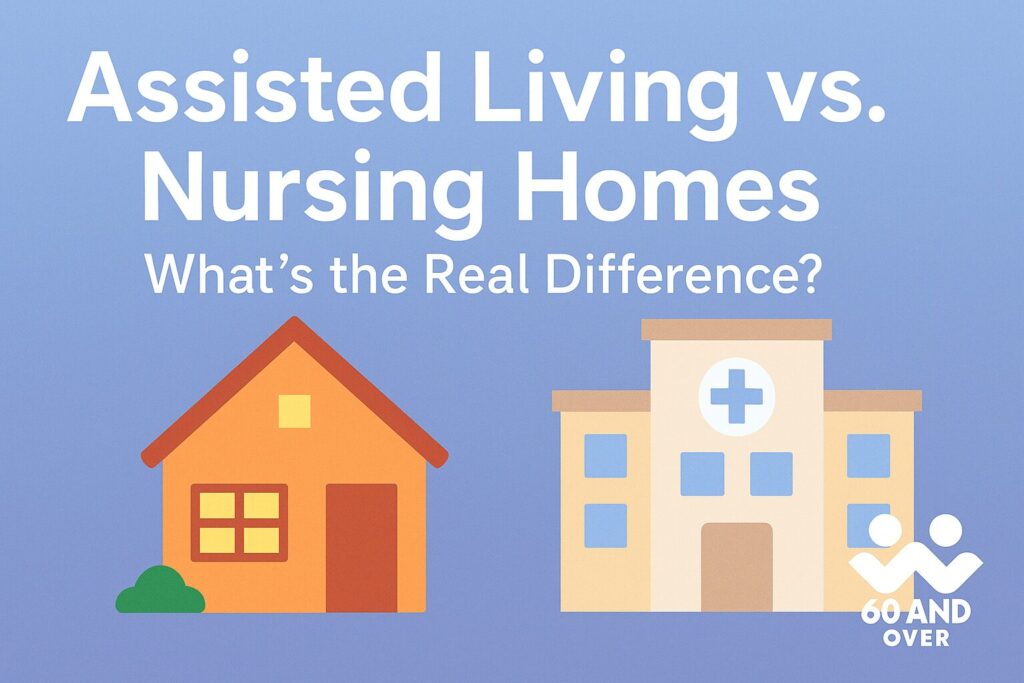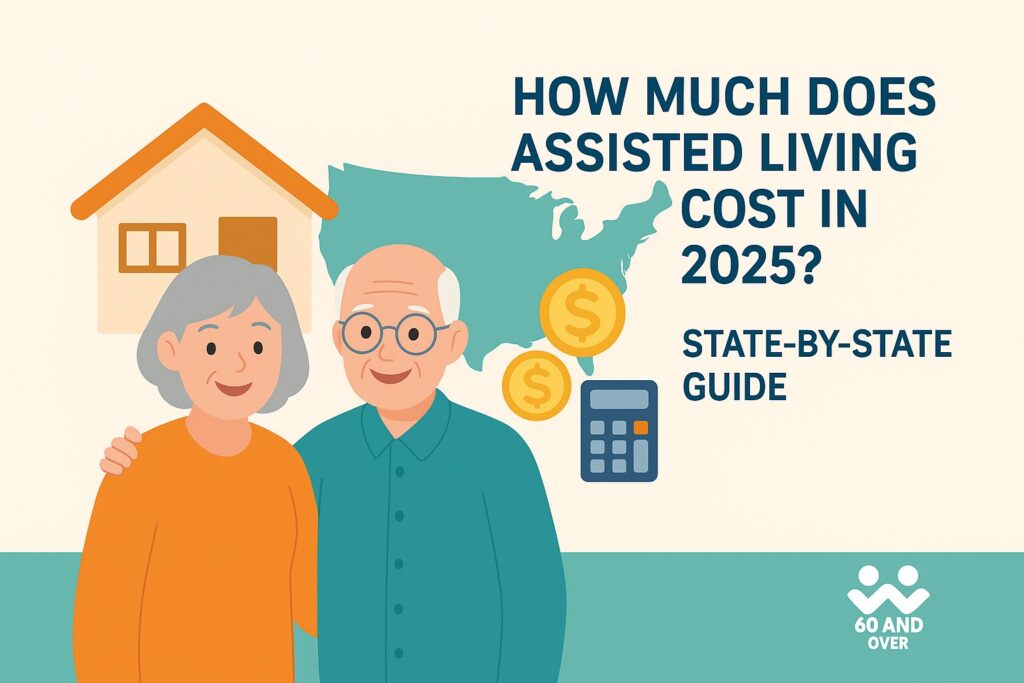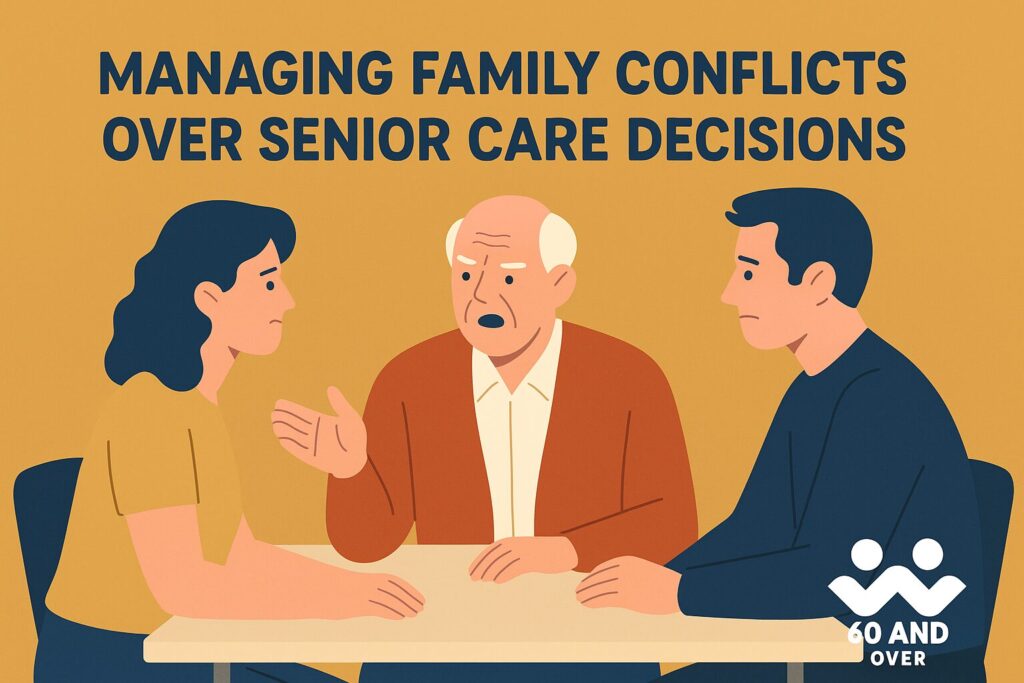When families begin exploring senior housing, one of the first questions that comes up is: What’s the difference between assisted living vs nursing homes? Both options provide essential care, but they serve very different needs. Choosing the right one can save money, reduce stress, and ensure your loved one receives the right level of support.
This guide breaks down the real differences between assisted living and nursing homes—including services, costs, daily life, and who each option is best suited for.
What Is Assisted Living?
Assisted living communities are designed for seniors who need some daily support but want to maintain independence. Think of it as a bridge between fully independent living and round-the-clock nursing care.
Typical features include:
- Personal assistance with bathing, dressing, or medication reminders.
- Private apartments or suites with access to shared dining and activities.
- Social programs such as exercise classes, crafts, and outings.
- On-site staff available 24/7, but not always medical professionals.
👉 Best for: Seniors who are mostly independent but need light assistance and a supportive community.
What Is a Nursing Home?
Nursing homes (sometimes called skilled nursing facilities) provide comprehensive medical care in addition to assistance with daily activities. Residents typically have more serious health conditions that require close supervision.
Key features include:
- 24-hour medical supervision from licensed nurses.
- Skilled therapies such as physical, occupational, or speech therapy.
- Shared or private rooms with hospital-like settings.
- Meals, activities, and rehabilitation programs tailored to medical needs.
👉 Best for: Seniors with complex medical issues, chronic illnesses, or those recovering from surgery or hospital stays.
Major Differences Between Assisted Living vs Nursing Homes
| Factor | Assisted Living | Nursing Home |
|---|---|---|
| Level of Care | Help with daily living, light medical monitoring | Intensive medical & nursing care |
| Staffing | Caregivers, aides, occasional nurses | Licensed nurses, doctors, specialists |
| Living Space | Apartment-style, more privacy | Hospital-style, clinical feel |
| Cost | $4,500–$6,000/month (avg.) | $8,000–$10,000/month (avg.) |
| Independence | High | Low |
| Length of Stay | Often long-term | Often short-term or chronic care |
Cost Considerations
- Assisted Living: Costs vary by state, averaging $4,500–$6,000 per month in 2025. These fees usually include meals, housing, and basic assistance. Medicare does not cover assisted living, but some long-term care insurance policies do.
- Nursing Homes: Much more expensive, averaging $8,000–$10,000 per month. Medicare covers short-term stays (up to 100 days) after hospitalization, but not long-term care. Medicaid may help, depending on eligibility.
💡 Tip: Families often choose assisted living first, then transition to a nursing home if medical needs increase.
Daily Life and Environment
- Assisted Living: Residents enjoy a community environment with activities, dining halls, and plenty of independence. The goal is to promote socialization and quality of life.
- Nursing Homes: More structured, clinical, and focused on medical stability. Social activities exist but are secondary to medical care.
How to Decide Which Is Right for Your Loved One
- Assess medical needs – Does your loved one need daily medical care or just occasional help?
- Evaluate independence – Can they handle most tasks alone, or do they need constant supervision?
- Review finances – Assisted living is less costly, but still a major monthly expense.
- Tour facilities – Seeing the environment firsthand helps spot differences in lifestyle and care.
Common Misconceptions
- “Assisted living is just a smaller nursing home.” → False. Assisted living emphasizes independence, while nursing homes emphasize medical care.
- “Nursing homes are only for end-of-life care.” → Not true. Many residents use them temporarily after surgeries or hospital stays.
- “Medicare will pay for all senior housing.” → Incorrect. Medicare only covers short-term nursing care, not long-term assisted living.
Conclusion
The choice between assisted living and nursing homes comes down to medical needs, independence, and finances. Assisted living works best for seniors who want support without losing freedom, while nursing homes are essential for those needing constant medical oversight.
If you’re uncertain, consider starting with assisted living and transitioning later if health needs increase.
💡 Use our Senior Housing Comparison Tool to find assisted living and nursing homes near you. Enter your ZIP code and instantly see facilities with addresses, phone numbers, ratings, and quick-dial links.
Frequently Asked Questions (FAQ)
What is the main difference between assisted living and a nursing home?
Assisted living provides help with daily activities, while nursing homes provide round-the-clock medical care.
Does Medicare cover assisted living costs?
No. Medicare only covers short-term skilled nursing stays after hospitalization, not long-term assisted living.
Who is best suited for assisted living?
Seniors who are mostly independent but need some daily support, such as help with meals, medications, or dressing.
Who is best suited for a nursing home?
Seniors with complex medical needs, chronic illnesses, or those recovering from surgeries and hospital stays.
How much does assisted living cost compared to nursing homes?
Assisted living averages $4,500–$6,000 per month in 2025, while nursing homes cost around $8,000–$10,000 per month.
Can couples live together in assisted living?
Yes. Many assisted living communities offer shared apartments or suites for couples.
Are nursing homes permanent?
Not always. Many people use nursing homes temporarily for rehabilitation before returning home or moving to assisted living.
Which option offers more independence?
Assisted living offers far more independence compared to nursing homes, which are medically focused and more structured.





